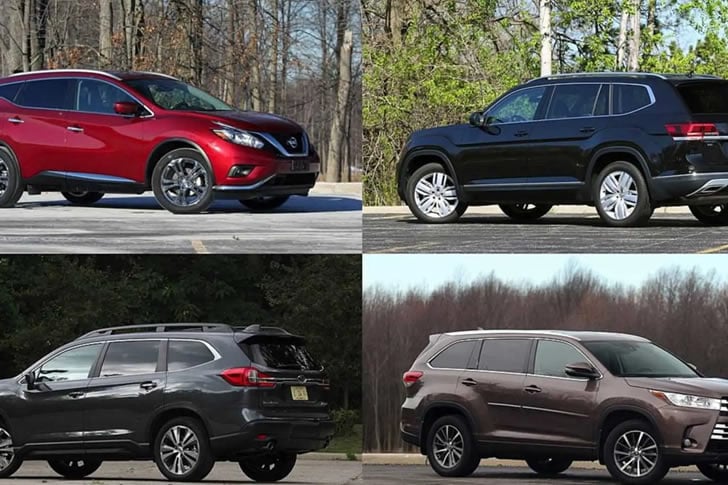Luxury SUVs Are Being Given Away For Almost Nothing!
The automotive market in the USA offers numerous opportunities to acquire cheap unsold SUVs, benefiting from various incentives and market dynamics.

The automotive market in the USA offers numerous opportunities to acquire cheap unsold SUVs, benefiting from various incentives and market dynamics.



Recent Comments